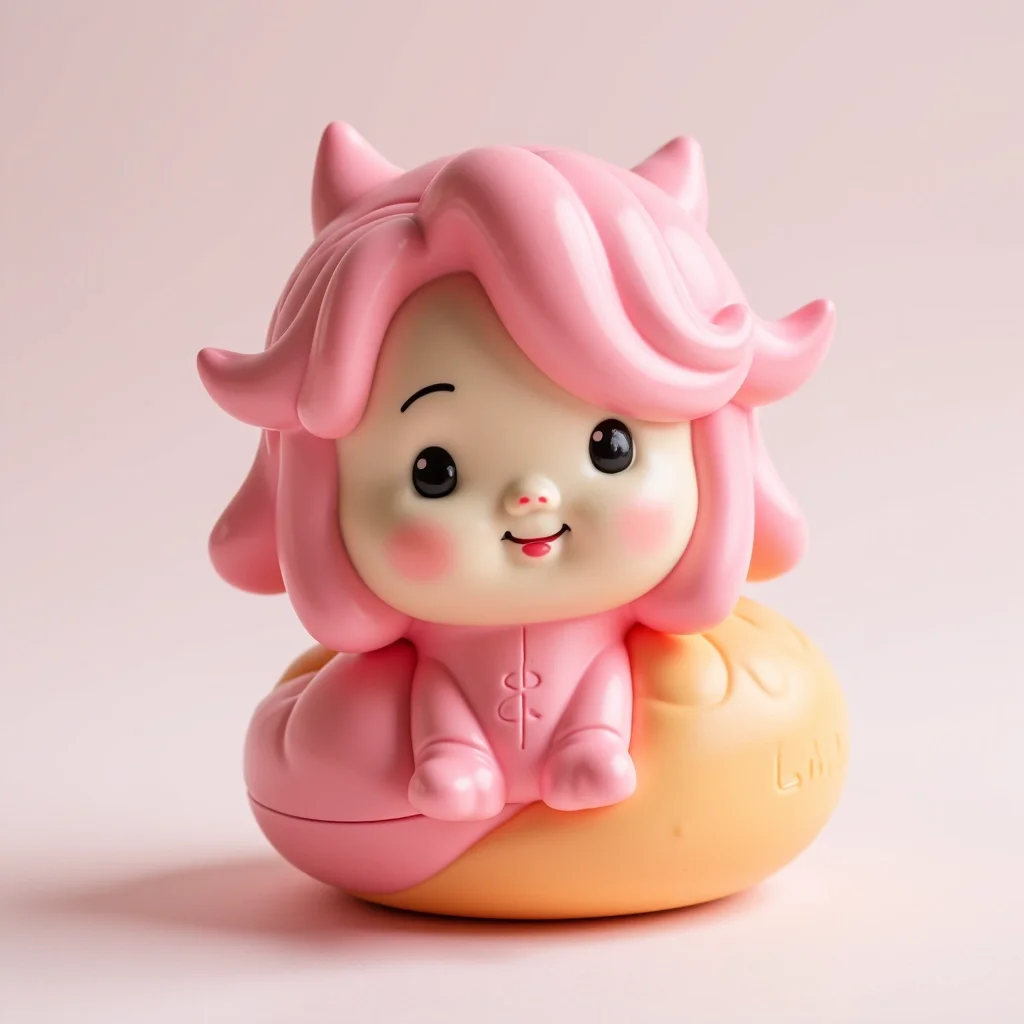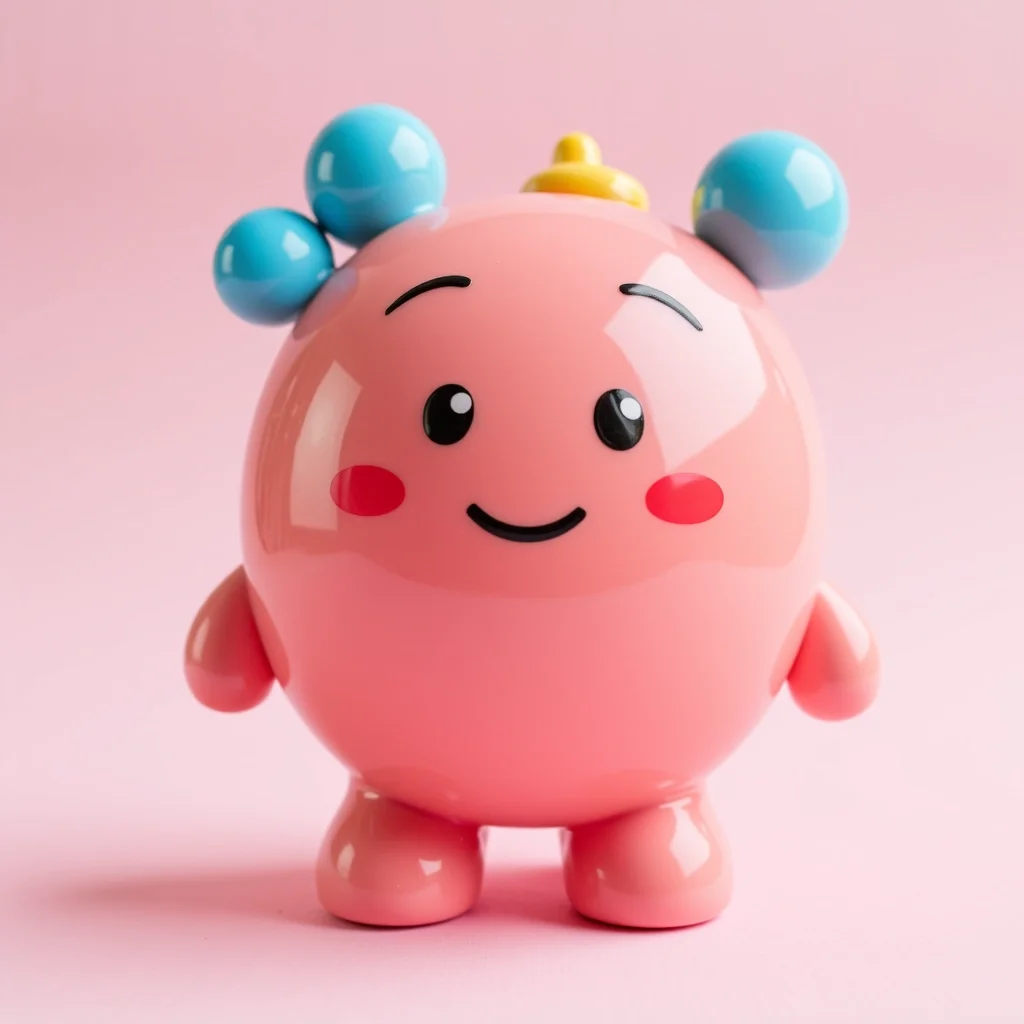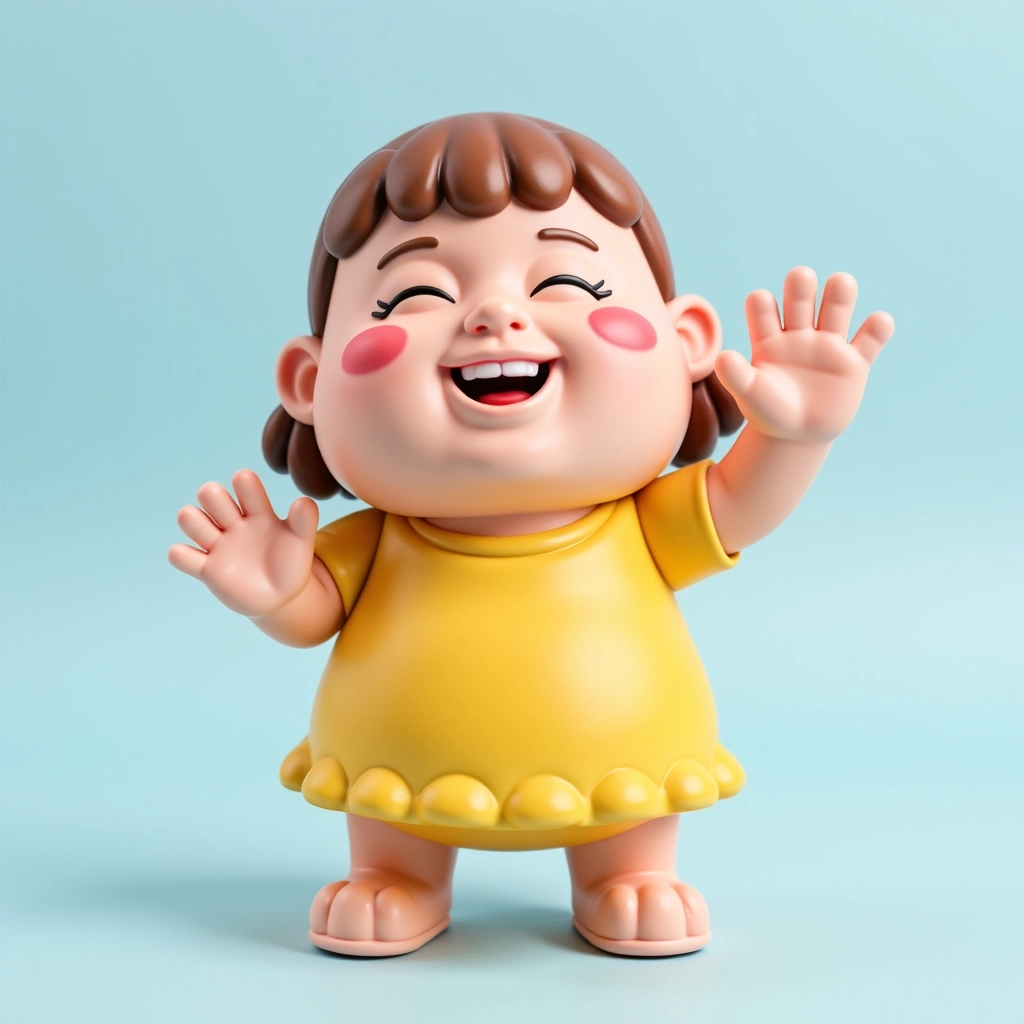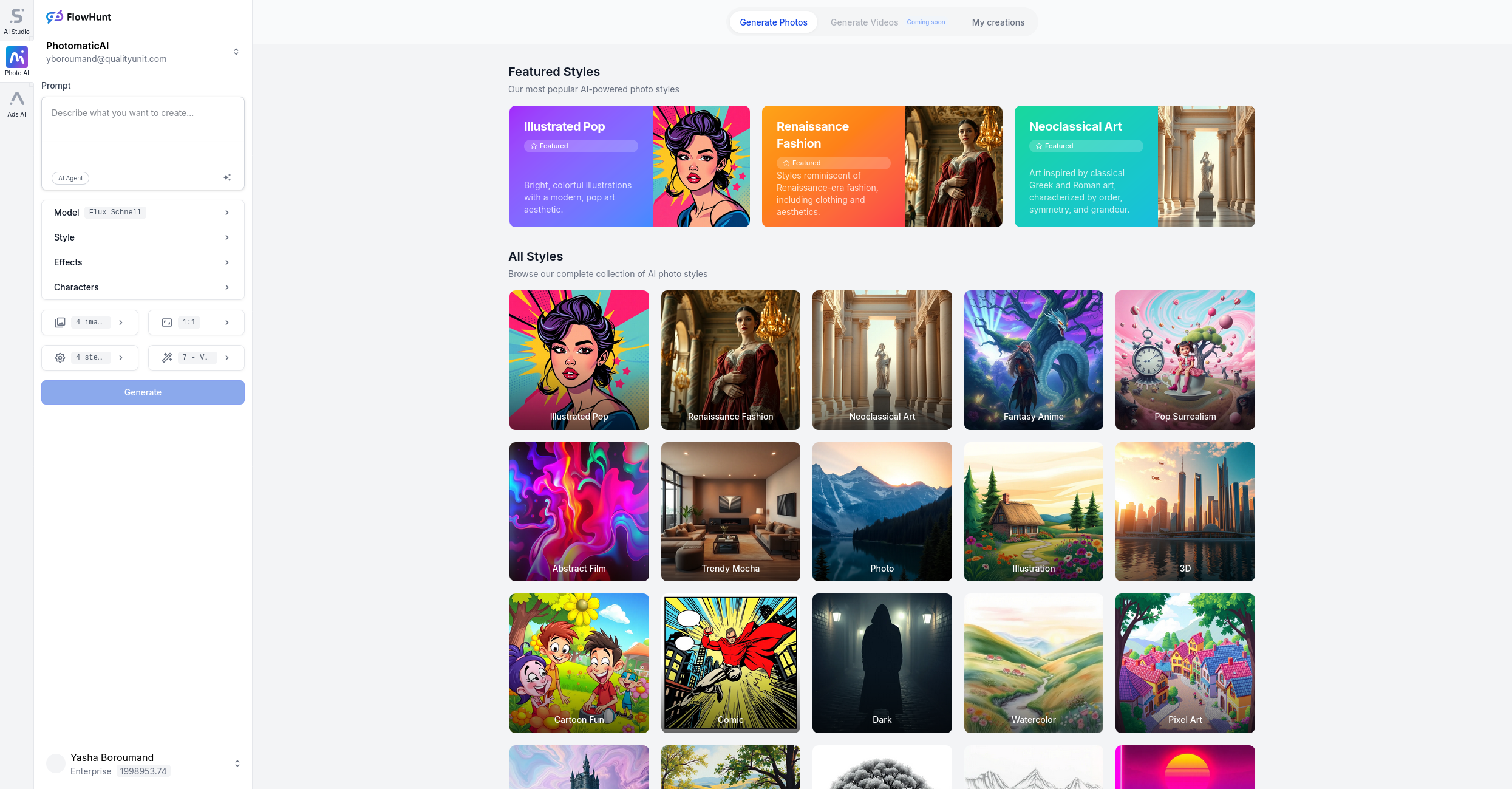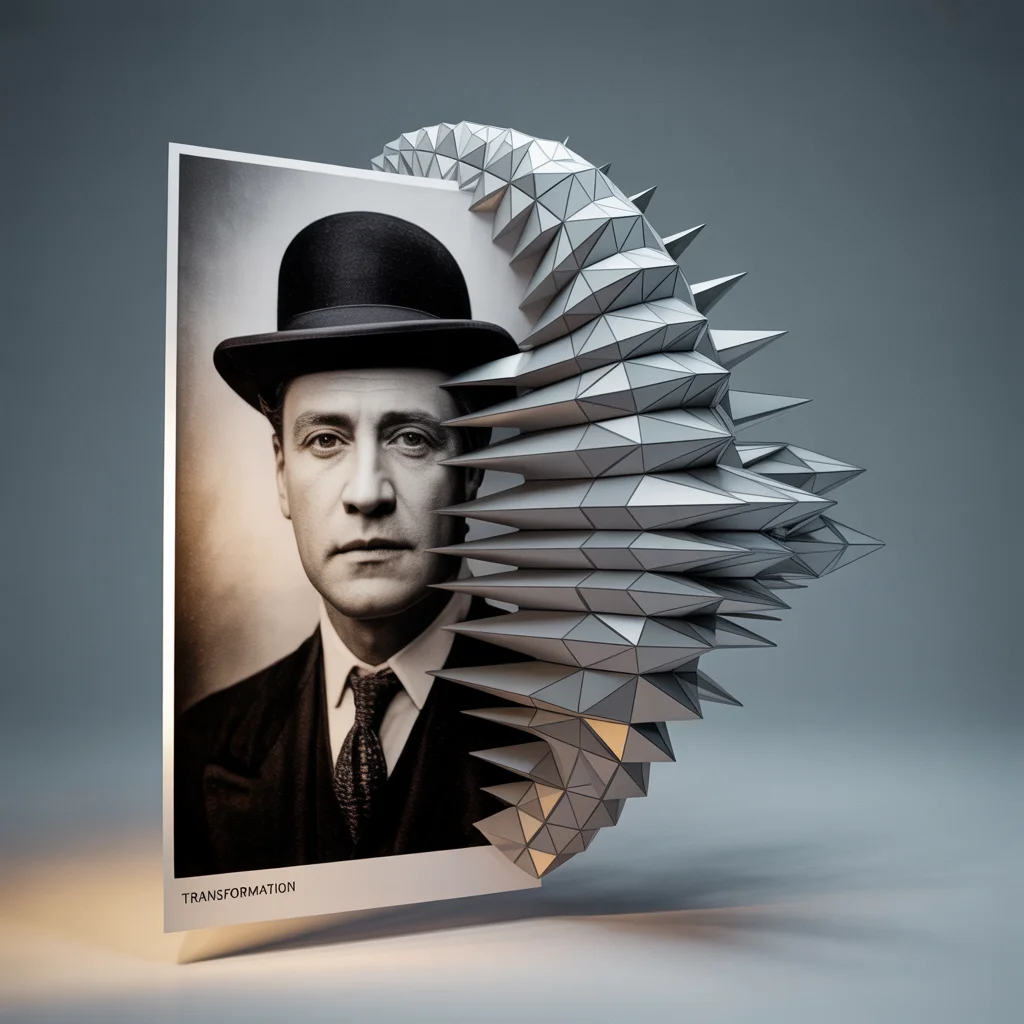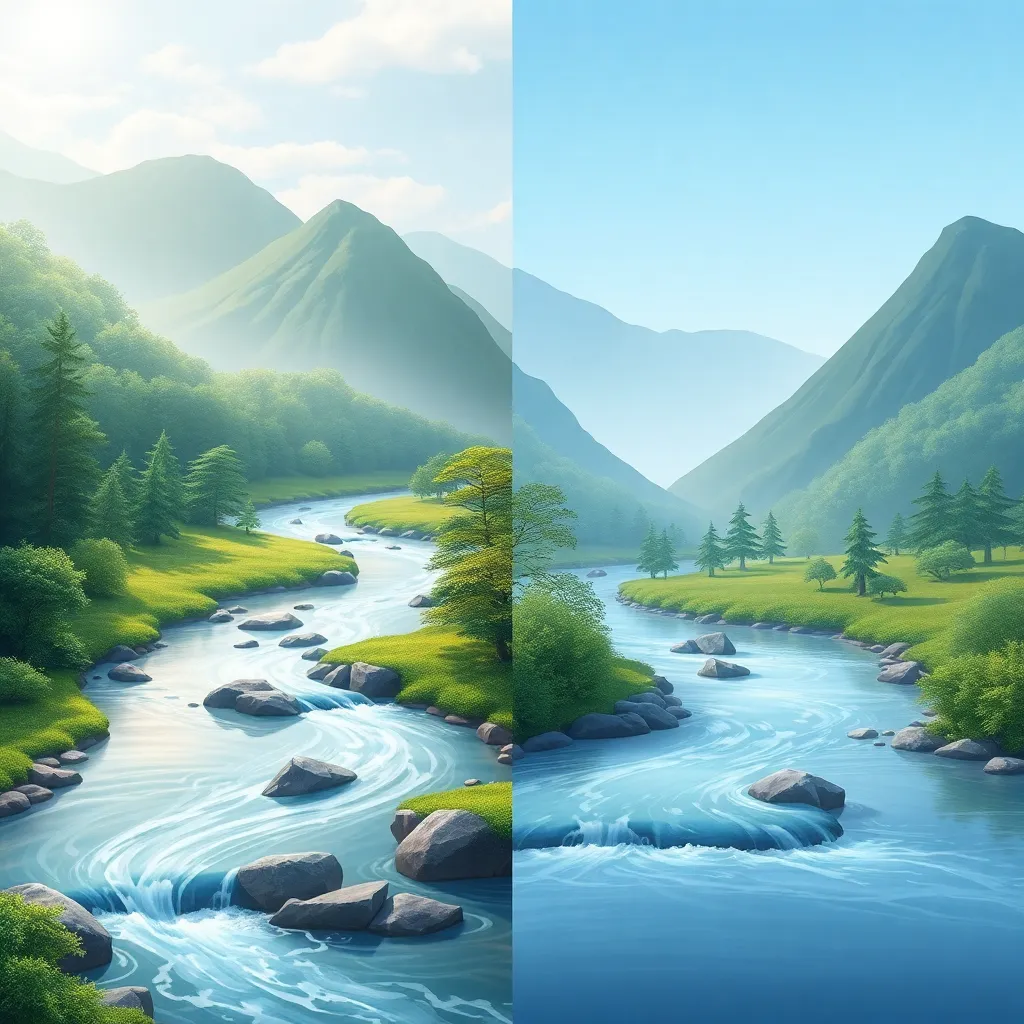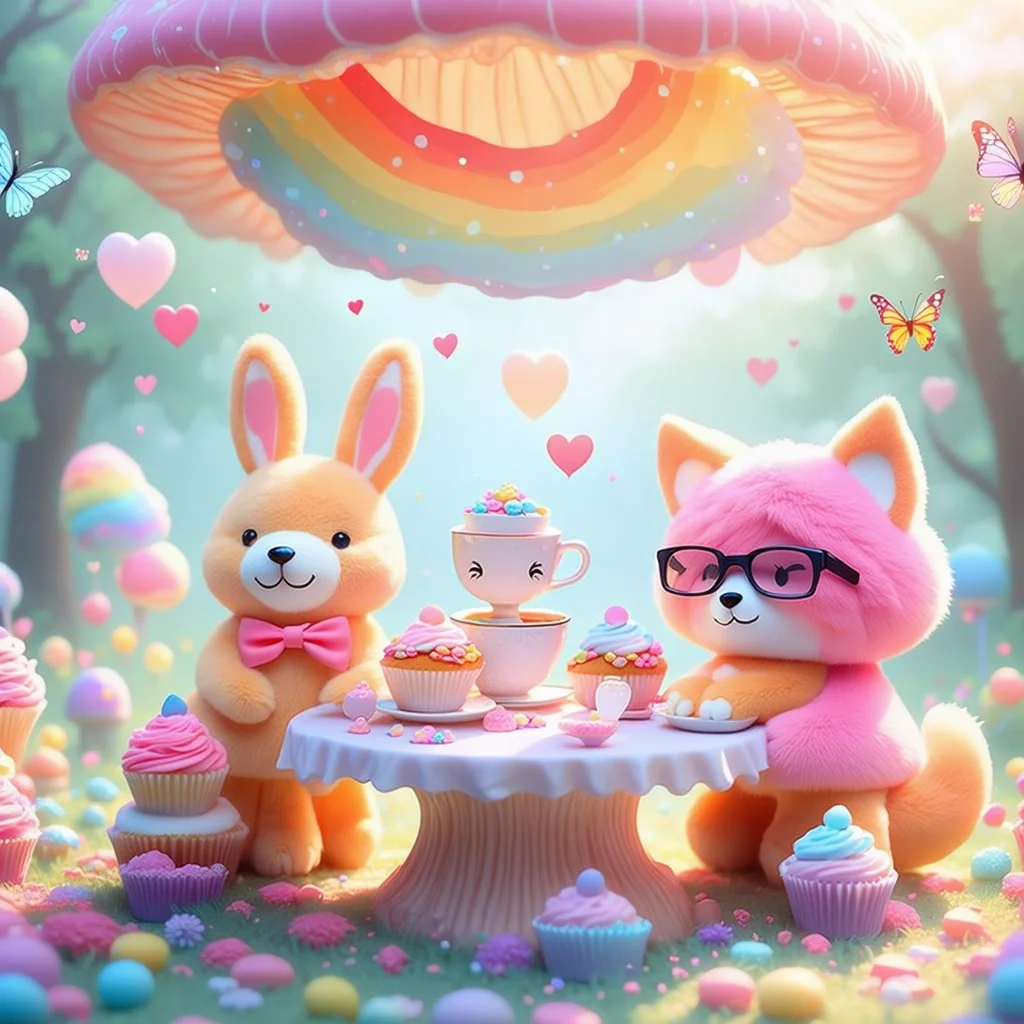
Plushy World AI Image Generator
Plushy World Style is a whimsical visual effect that transforms images into soft, toy-like scenes filled with vibrant pastel colors, fuzzy textures, and adorabl...
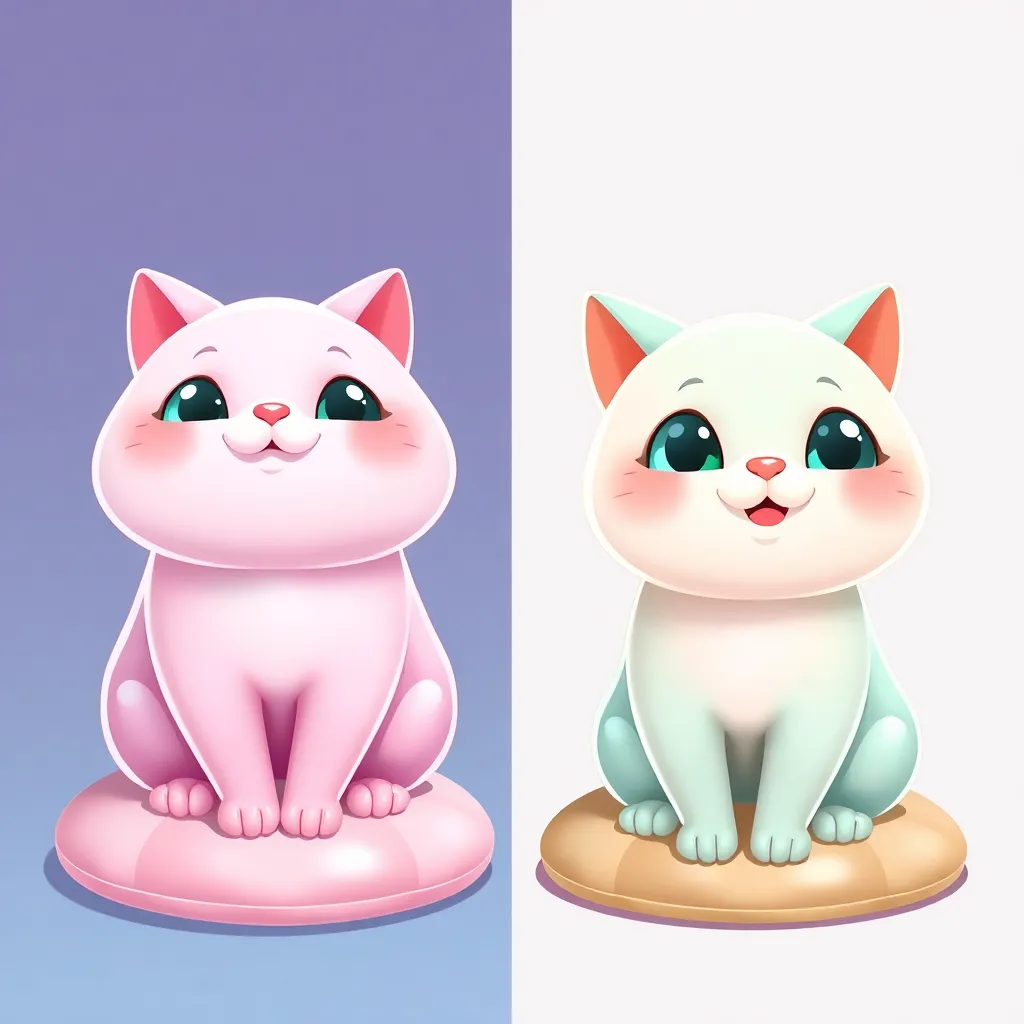
Style
The Squishy 3D style is a playful and modern visual effect that uses rounded, soft, and bouncy forms with vivid colors and glossy textures to create inviting, tactile imagery. Popular in children’s media, branding, and social platforms, this style enhances photos by adding depth, approachability, and a sense of fun. Artists and designers use Squishy 3D to make images feel interactive, appealing, and emotionally engaging.
Train AI Image Models
Train a unique character from your own everyday photos, apply the ready to use Squishy 3D AI Image Generator to generate interesting and eye-catching images.
Starting point for AI training is set of your images. More images of same character can be added to improve the model.
Apply ready to use styles and effects on pretrained model or use custom prompt to generate images.
Images generated from the pretrained model
Use our Photomatic AI image generator to craft vibrant, bouncy, and tactile Squishy 3D visuals. Unlock new creative possibilities for your projects and captivate your audience with this distinctive, engaging style!
Generate Your Own Squishy 3D AI Images
The Squishy 3D style is a contemporary visual trend characterized by soft, rounded, and bouncy three-dimensional forms with glossy surfaces and vibrant, saturated colors. Inspired by the tactile nature of plush toys and rubber objects, this effect transforms ordinary subjects into playful, approachable, and almost huggable visuals. The style emphasizes exaggerated curves, pillowy contours, and a sense of physical softness—inviting viewers to imagine the sensation of squeezing or bouncing the depicted object.
The origins of the Squishy 3D style can be traced back to advancements in computer graphics and 3D modeling, particularly in digital animation and toy design from the late 2010s onwards. As 3D rendering technologies became more accessible, designers began experimenting with more playful, cartoonish forms—moving away from realism to focus on emotional appeal and tactile sensation. The rise of mobile apps, social media stickers, and interactive games further popularized this style, as brands and creators sought to develop visually distinctive and emotionally resonant imagery.
Today, Squishy 3D has become a staple in visual branding, children’s media, digital illustration, and even advertising, thanks to its universal appeal and adaptability.
Squishy 3D style is widely used by digital artists, illustrators, UI/UX designers, animators, and marketing professionals. Some of the most common users include:
Major tech brands and entertainment companies also leverage Squishy 3D for marketing, mascots, and interactive experiences, given its effectiveness at grabbing attention and evoking positive emotions.
The Squishy 3D effect offers several enhancements that transform standard photos and illustrations into captivating, memorable visuals:
The soft, rounded forms and glossy surfaces mimic the look of real-world squishy objects, creating a sense of touch and physicality. This tactile illusion makes images more relatable and inviting.
The friendly, playful shapes and vibrant colors evoke joy, curiosity, and comfort—emotions that are particularly effective in children’s media and branding.
By using three-dimensional modeling and shading, Squishy 3D adds depth, making images pop off the screen. This dimensionality draws the viewer’s eye and makes content more dynamic.
Squishy 3D stands out due to its contemporary look and feel. The style is instantly recognizable and helps brands and creators differentiate their visuals in crowded digital spaces.
This style can be adapted to a range of subjects—from animals and food to letters and symbols—making it suitable for a variety of creative applications.
Squishy 3D brings storybook characters to life with warmth and charm. The approachable shapes and expressive faces make it easier for children to connect with the narrative, enhancing engagement and comprehension.
The style is ideal for visualizing plush or squeezable toys, helping designers and marketers showcase the toy’s softness and appeal. The exaggerated bounciness and bright colors make the product look even more desirable to its target audience.
A Squishy 3D app icon grabs attention and conveys a sense of fun and modernity. The tactile look encourages users to interact, while the playful design stands out among flat or minimal icons.
Numbers, letters, and symbols rendered in Squishy 3D style make learning materials more approachable. The inviting look helps children feel comfortable and excited about engaging with educational content.
Food items like donuts or fruit rendered in Squishy 3D style appear extra delicious and fun. This approach increases visual appeal, especially in digital ads or packaging targeting younger consumers.
Expressive, bouncy 3D emoji stickers are perfect for messaging apps and social media. They capture attention and add personality to digital conversations, making interactions more enjoyable.
Focus on Softness and Roundness:
Use exaggerated curves and pillowy shapes to maximize the squishy effect. Avoid sharp angles and flat surfaces.
Choose Vibrant, Harmonious Colors:
Squishy 3D thrives on bold, saturated colors. Select palettes that are both playful and visually harmonious to maintain appeal.
Add Gloss and Subtle Lighting Effects:
Apply glossy, semi-reflective surfaces and soft highlights to simulate a tactile, bouncy texture. Use gentle shadows to enhance depth.
Keep Details Simple and Expressive:
Avoid overcrowding with details. Focus on big shapes, expressive faces, and clear emotions to maximize impact.
Adapt to Your Audience:
While Squishy 3D is popular with children, it can appeal to all ages with the right subject and color choices. Adapt your designs to fit your brand or message.
The Squishy 3D style is an innovative and versatile visual effect that transforms photos and illustrations into engaging, tactile, and emotionally resonant imagery. Its combination of softness, depth, and vibrant color makes it ideal for a wide range of creative applications—from children’s media to digital branding. By following best practices and focusing on approachability, you can leverage Squishy 3D to delight your audience and create unforgettable visuals.
Automate your image generation with AI Agents
Squishy 3D is a visual style that uses soft, rounded, and bouncy three-dimensional forms with vivid colors and glossy textures. It creates a tactile, inviting, and playful look, making images feel friendly, modern, and accessible.
You can create Squishy 3D style images using 3D rendering software, illustration tools with 3D capabilities, or AI image generators like Photomatic. Look for features that allow for soft shading, rounded edges, and glossy materials.
The Squishy 3D style enhances visual appeal by making images appear more approachable, fun, and engaging. It adds a sense of depth and tactility, which can help grab attention and evoke positive emotions.
Squishy 3D style is particularly effective in children's media, toy design, app icons, educational materials, food branding, and social media stickers. Its playful nature makes it ideal for any context where you want to convey friendliness and approachability.
While Squishy 3D style is especially popular among children and younger audiences, its versatility and modern appeal make it suitable for a wide range of applications, including branding, digital products, and lifestyle content.
Let us help you automate your marketing tasks. Our platform allows you to create custom AI chatbots, agents, and workflows that can handle a wide range of tasks, from customer support to content generation.
Generate professional marketing visuals in seconds. Our AI creates stunning images that maintain brand consistency across all your campaigns without expensive design services.
Produce large volumes of customized content efficiently. Create hundreds of images, blog posts, and marketing materials simultaneously with our AI automation workflows.
Train AI models on your brand assets to create unique, on-brand visuals for any campaign. Maintain consistent visual identity across all marketing channels with character training technology.
Plushy World Style is a whimsical visual effect that transforms images into soft, toy-like scenes filled with vibrant pastel colors, fuzzy textures, and adorabl...
3D Style is a cutting-edge visual effect that transforms 2D photographs and illustrations into vivid, dimensional artworks. By leveraging advanced rendering tec...
Delicate 3D Style is a visual effect that brings a subtle, pastel-toned, and softly sculpted three-dimensional look to images. This effect is prized for its gen...

